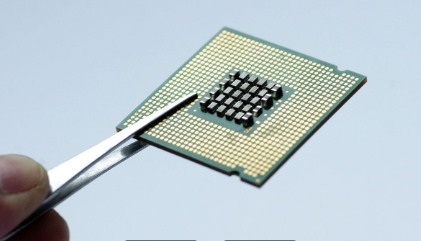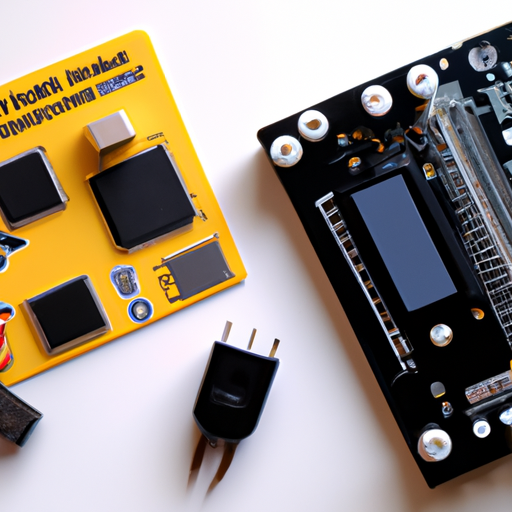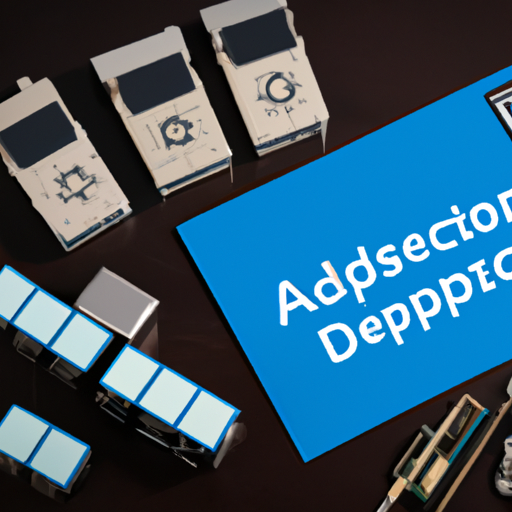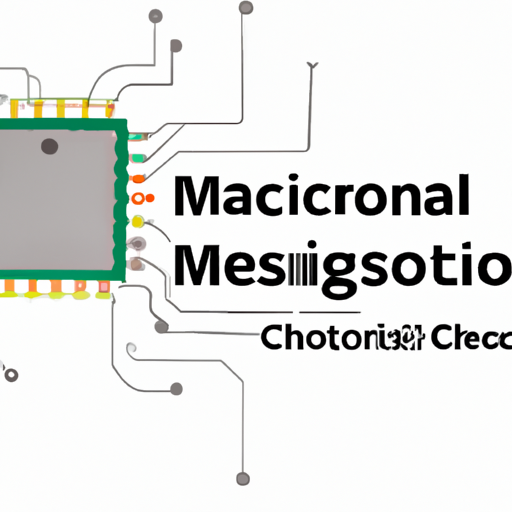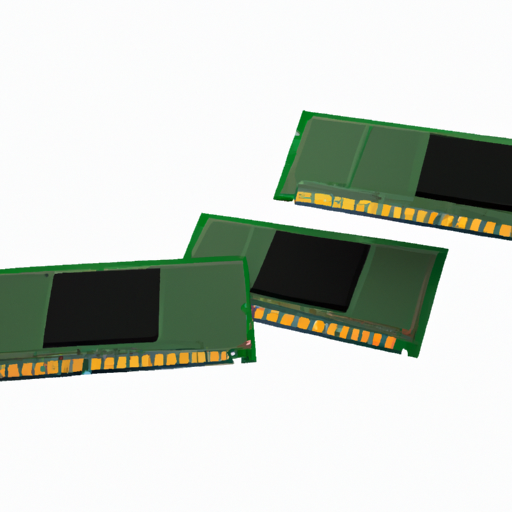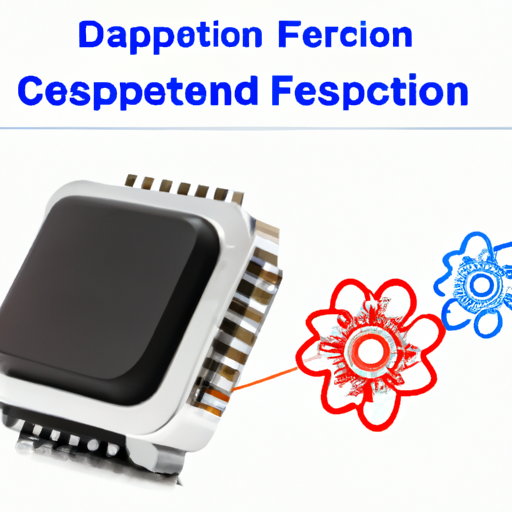The basic principle of chip burning is to burn the interface. Chip burning is usually carried out through the following interfaces: JTAG: Joint Test Action Group interface, used for debugging and programming. SWD: Serial Wire Debug interface, used for debugging and programming. ISP: In System Programming interface, used for direct programming on circuit boards. I2C: Inter Integrated Circuit interface used for data transmission. SPI: Serial Peripheral Interface interface, used for data transmission. Common chip burning tools include hardware burners such as ST Link, J-Link, AVR ISP, etc., which are used to connect chips and computers through physical interfaces. Software burning tools, such as STM32Cube Programmer, AVRDUDE, OpenOCD, etc., are used to write and execute burning commands. The basic process of chip burning includes: connecting the burner to the chip and computer through appropriate interfaces; Select the model and parameters of the target chip in the burning tool; Load the program code or data files that need to be burned into the burning tool; Set burning parameters, such as address range and burning speed; Start the burning process and write program code or data into the chip; After the burning is completed, verify whether the data in the chip is correct.
